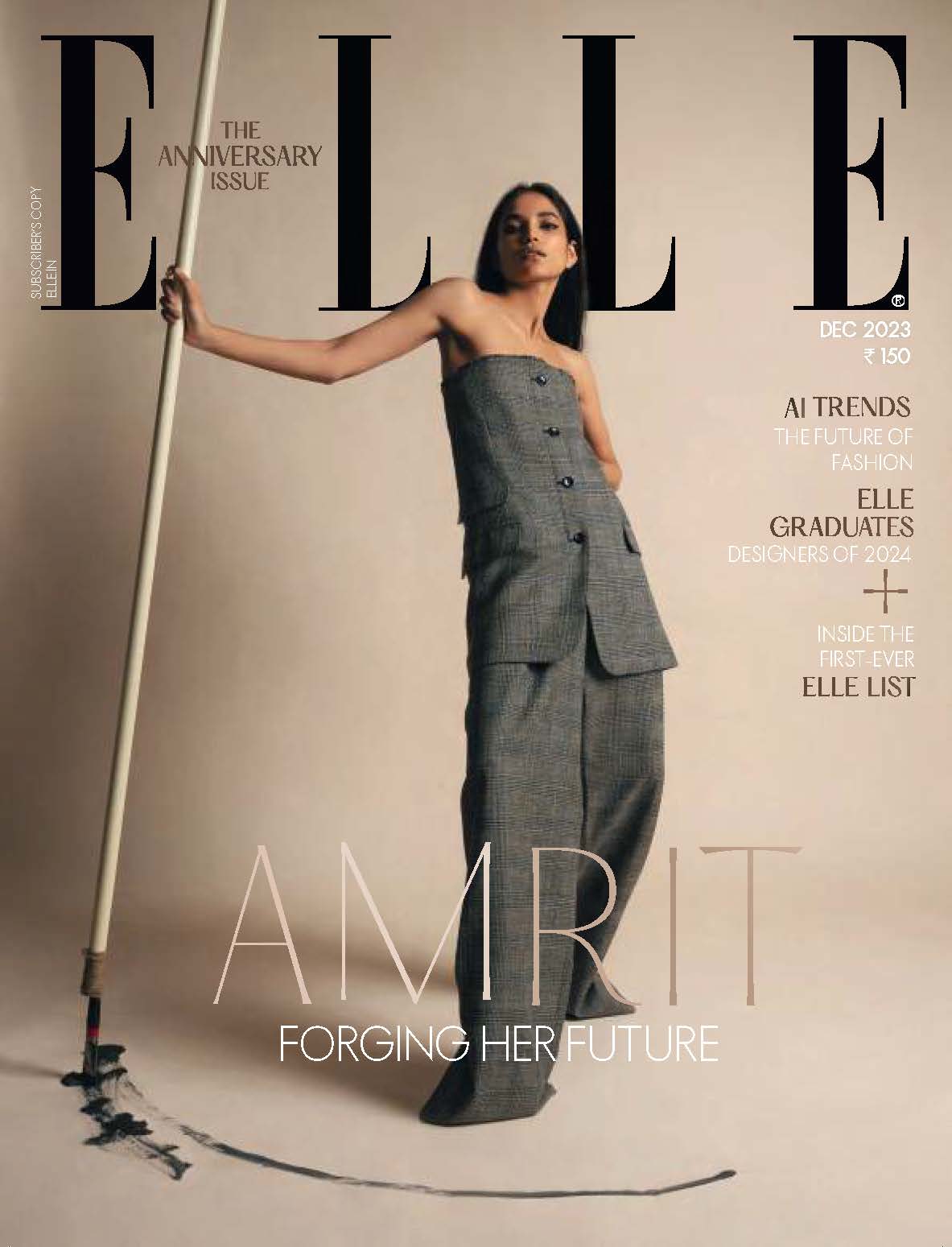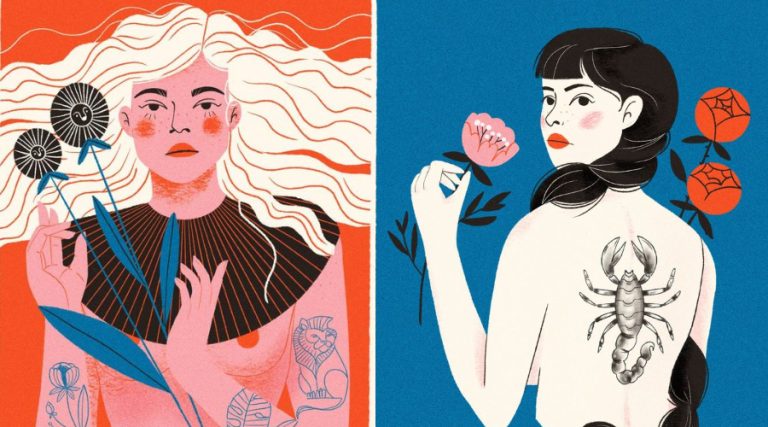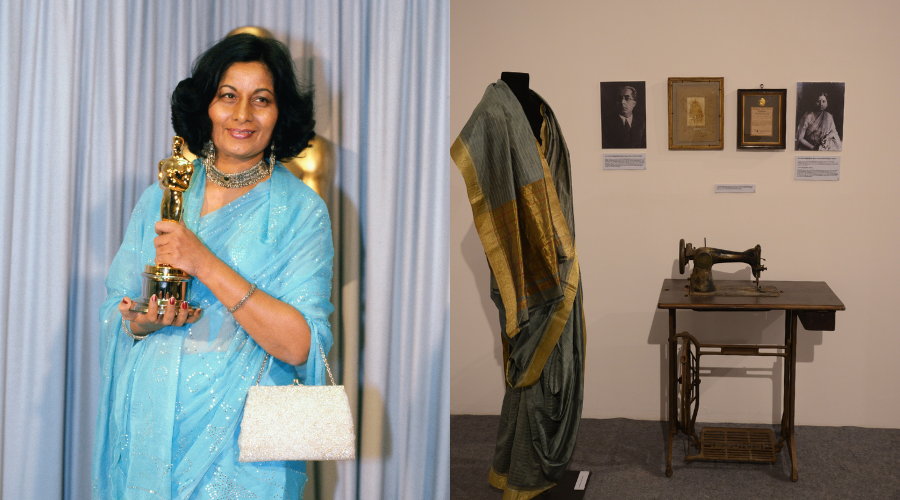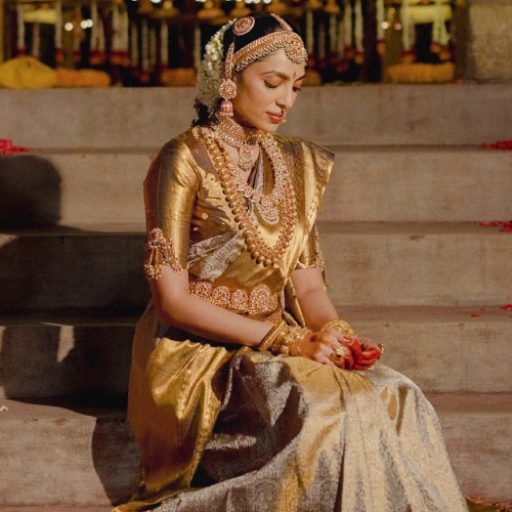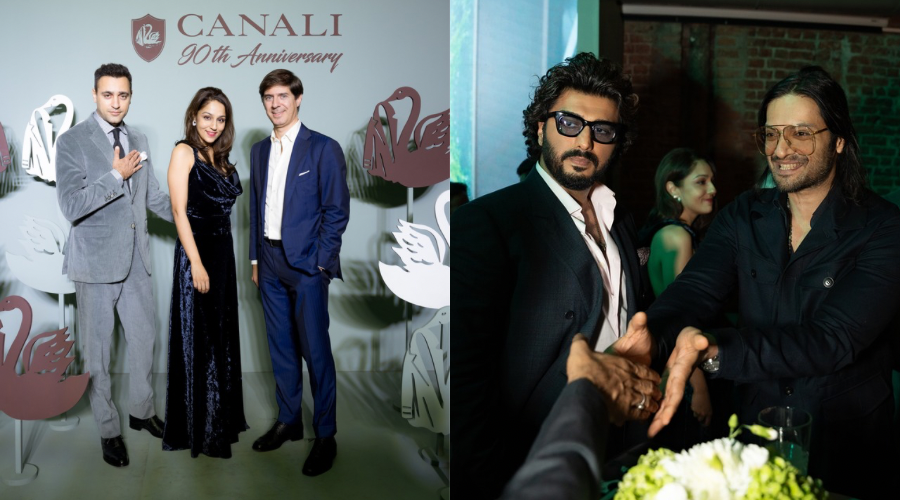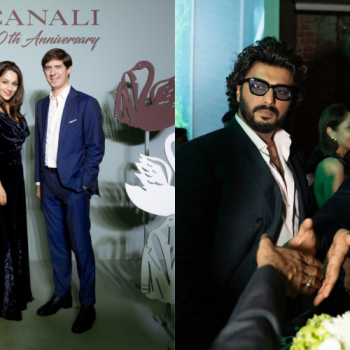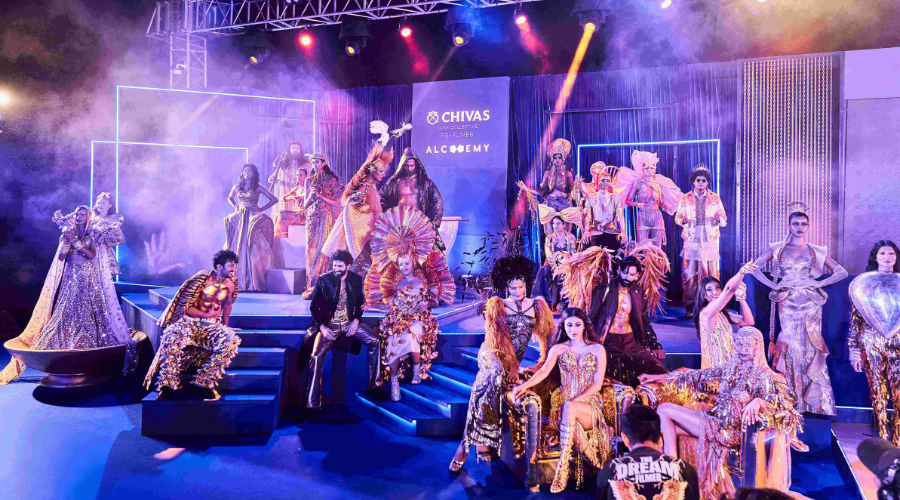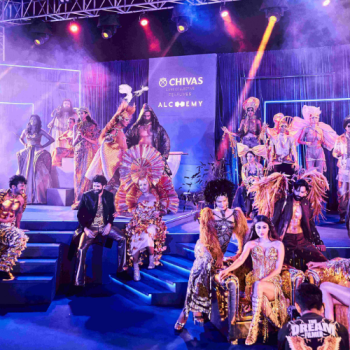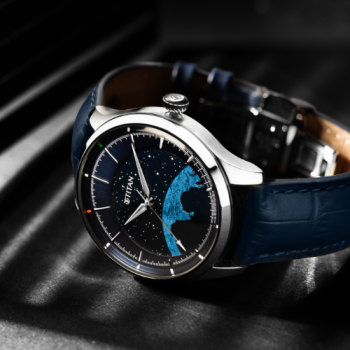On a cold January evening in Delhi, the organisers of the ‘Legacy of Bhanu Athaiya’ exhibit seem to have severely underestimated the popularity of the Academy Award-winning costume designer. I entered the venue on time to find the space teeming with the who’s who of the art and fashion world. With no empty chair in sight, I parked myself on the floor cross-legged just as the panel discussion began. What followed in the next hour was a treasure trove of untold information shared by three women closely connected to Bhanu and her work—meticulously moderated by curator Brijeshwari Kumari Gohil, Vice President of Prinseps, the auction house that represents the estate of Bhanu Athaiya.
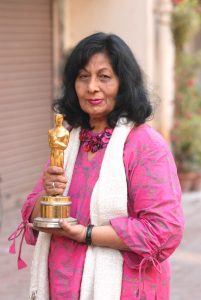
“This was a time when no books were written about Indian textiles, and the books that were published by the British focused on the clothes of Indian servants and nothing more. Bhanu had no reference point to begin her research,” designer Ritu Kumar, a friend and colleague of the late legend, shared with pride. In an age of mood boards downloaded straight from Pinterest, the appeal of Athaiya’s originality stands out, more piercing than ever. Reminiscing about her mother’s working process and authenticity, Athaiya’s daughter Radhika Gupta says, “I remember when she was working on Reshma Aur Shera… she travelled within Rajasthan extensively. She even attended a wedding to understand the details before working on the costumes.”
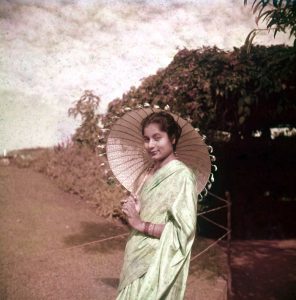
It was at the Kiran Nadar Museum of Arts where the evening was unfolding, and one of the panellists was Kiran Nadar herself. As she spoke about the underemphasised achievements of Athaiya, a sharp but enthusiastic voice adjacent to me chimed in, taking me by surprise. “We may think costume designing has progressed, but it doesn’t compare to the multi-hyphenate Bhanu was.” It was Mita Vashisht. The critically-acclaimed actor had the privilege of wearing Athaiya’s costumes for her film Khayal Gatha. After which, Athaiya relentlessly pursued her to create a wardrobe for a play that required artistry only she could deliver. “Mind you,” Vashisht adds, “This was after she had won the Oscar. The director and I met her for a meeting, and after the narration, all she said was, pay me for the fabric and the tailor, and I’ll do it.”
Most people’s knowledge about Athaiya was limited to her historic Oscar win, but what about the woman she was before hitting the pinnacle of success? The few privileged to be in that room can now trace her journey through the walls of the ongoing exhibition, each inscribed with precious moments and imagery connecting the dots of her life.
Familiar Grounds
Born in Kolhapur (formerly known as the City of Art, Kalapur), Maharashtra, in 1929, Bhanumati Annasaheb Rajopadhye’s father was a self-taught artist, photographer and filmmaker. Little Athaiya was enamoured by her father’s crafts and would watch him paint and work in the photo studio for hours on end. Gauging her interest in arts at an early age, he appointed her a teacher to learn the paper craft. At the tender age of 11, Athaiya lost her father, but her mother, Shantabai, who was also a master embroiderer, took the baton forward and fuelled her daughter’s ambition with the same grit.

City Of Dreams
If the architectural grandeur of Kolhapur’s temples and palaces sowed the seeds of art in Athaiya, it was Mumbai where she finally came to her own. “I had an acute hunger to learn, and what I observed in my growing years became my fund of knowledge, and I took this with me to Mumbai,” Athaiya had once said in an interview. At Sir J.J. School of Arts, Athaiya pursued miniature paintings—which was the only authentic Indian art, as opposed to all the other west-inspired courses. In 1951, she became the first female artist to win the Usha Deshmukh Gold Medal—which persuaded the famously patriarchal PAG (The Progressive Artists’ Group) to offer her a seat at the table.
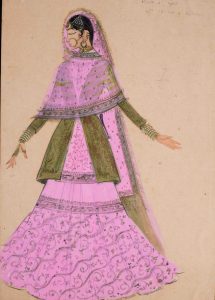
Pivot To Fashion
After working as a fashion illustrator for a year, Athaiya was discovered by Eve’s Weekly, one of the first women’s magazines of that era. Every Saturday, two of Athaiya’s fashion illustrations would be printed—further cementing her position as a designer, blurring her way back as a painter. Soon after, the editor of the magazine launched a boutique where she hired Athaiya as a designer, and here came her first tryst with Bollywood when she designed clothes for the yesteryear actor Nargis. This moment marked the beginning of an era that changed everything for Athaiya—the starry-eyed artist from Kolhapur, who may have envisioned a different world for herself. Before Bhanu entered the Indian film industry, costumes were the headaches of the next-door tailor and a sore point for the filmmakers who couldn’t bring their visions to life with finesse. In 1953, Athaiya worked on her first film project Aas, which led her to collaborate with stalwarts like Guru Dutt and Yash Chopra. “She was a one-woman army,” Gupta says. “She would sketch live while listening to a narration by Raj Kapoor, and while he would take a break to check in on refreshments, her work would be done by the time he returned. Within minutes!
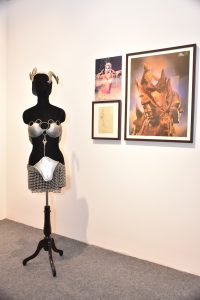
Acing The Craft
Having worked in over 100 films, Athaiya’s versatility is a veritable topic for a case study. From films like C.I.D., Sahib Bibi Aur Ghulam and Amrapali to projects such as Gandhi, Lagaan and Swades, Athaiya’s research point was to pick the pulse of the environment she was in and soak in the details a layman could easily miss. Waheeda Rehman, who had been her muse for decades, fondly says, “A talented artist, Athaiya would draw costumes in a second and mix the historical and local attires to create something new. There was nobody like her.”
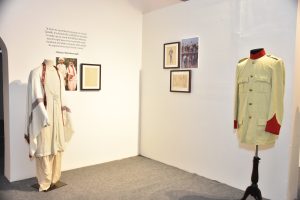
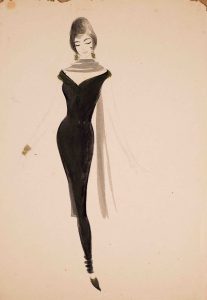
Moment Of Glory
“It took me 17 long years to set up Gandhi, and 15 mins to make up my mind that Bhanu Athaiya was the right person to create the many hundreds of Indian costumes that would be required to bring it to the screen,” Richard Attenborough says of Athaiya. The filmmaker’s Gandhi earned India its first Oscar and made Athaiya the first recipient of it. She was challenged with the task of designing costumes for every single character in the film, covering a time expanse of half a century through various events. This was the early ‘80s, and she had to dress thousands of people in fabrics that reflected our soil. Athaiya aced the job to the point that even on the drawing boards of designers in New York and Paris, the dhoti-salwar and Nehru jackets became an element of influence. A woman who was so ahead of her time, she probably knew that many generations would bask in the glory of her incomparable work. “I was completely blown away by the fact that she knew someone along the line will exhibit her work. The way she preserved every single thing made my job archiving it very simple. The challenge was the volume of it all… we were spoilt for choice!” Gohil explained exasperatedly as we stood that evening in the presence of Athaiya’s crowning jewels, knowing this was only the tip of the iceberg.
Find ELLE’s latest issue on stands or download your digital copy here.
